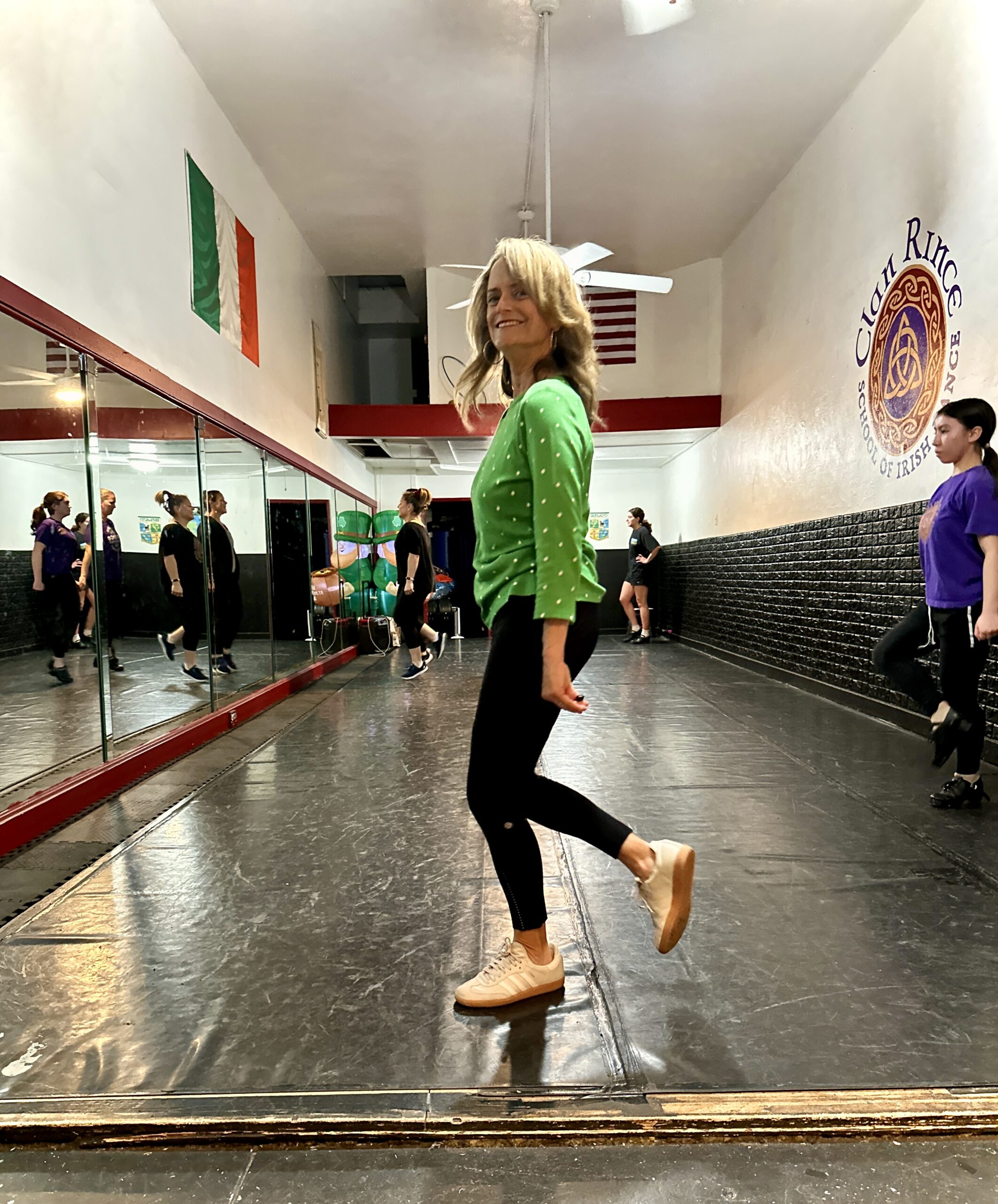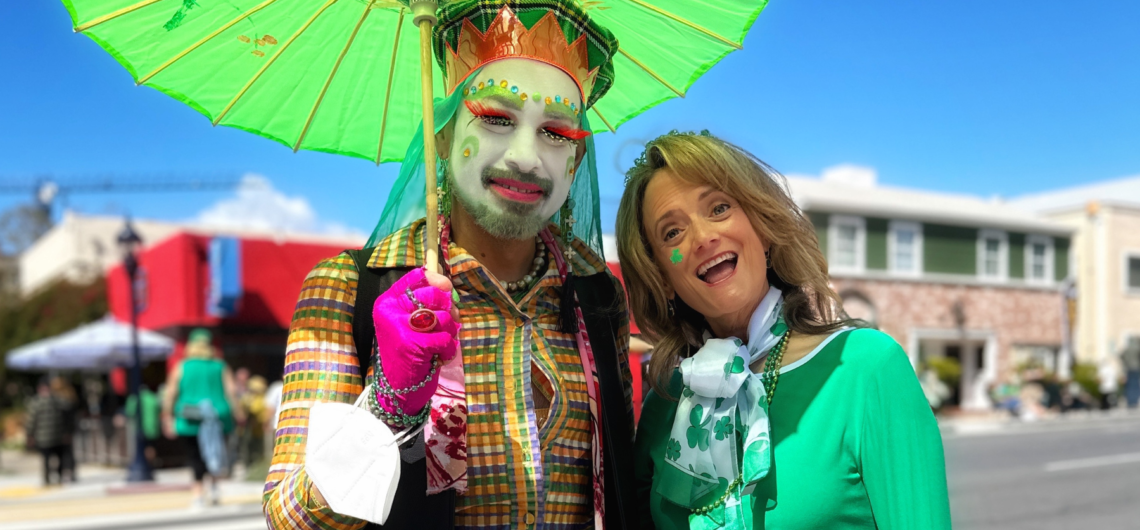The dance instructor called out “forward treble, brush, brush, hop” to the room full of students. At least that’s what I think she said. This was my first attempt at the popular Irish jig.
My fifth month into a yearlong culture trip exploring traditions from twelve different countries had me learning céilís (dances) of the Emerald Isle.
A name you may be more familiar with is Riverdance from 1994.
Michael Flatley and cast put on a show at the Eurovision Contest that ignited a firestorm. The troupes’ traditional stiff upper torso and flailing legs was accompanied by Flatley’s never seen before twirling arms and syncopation to new musical rhythm. The art was transformed.
Fast forward twenty-four years and people of all ages still want to emulate the moves. Irish dance studios are at capacity in cities around the world. Students are flying to Ireland for competitions.
As with anything, the better one is at an endeavor, the easier they make it look. This holds true for step dancing. But, with a little perseverance, stumbling starts to look like a jig!
You can learn Irish step dance, too. Here are a few tips!

Find an Irish Dance Studio
Most cities have a least one studio, if not more. Classes usually range from beginners to championship level, and span a broad age group. I signed up for the adult beginners class.
Instructors advise you start by taking lessons only one hour a week, and practice, practice, practice at home. A helpful tip is to video yourself at class and watch at home when rehearsing.
There are two different kinds of shoes. The ghillie is similar to ballet flats, but with laces sometimes tied around the ankle. The hard shoe – or “heavies” – are leather uppers with a raised toe and heel covered in fiberglass to make the tap sound.
Beginners start only wearing ghillies. More advanced dancers wear either depending on the routine.
The stance is important. Feet are turned out, shoulders back, arms straight by your side, and fists clenched.
The series of steps each have names. A reel is one of the first dances taught to students. It’s a basic combination of steps. Then you’ll move on to a light jig, then slip jig, a treble jig, hornpipe and so on, including the St. Patrick’s Day dance.
I was surprised at the amount of cardio in a one hour Irish step dance class. Most everyone were perspiring and drinking lots of water. Students at a higher level regularly go to the gym to maintain their stamina. The constant propelling yourself in the air for hops and skips is a work out.
Teachers must be certified and accredited. It’s a vigorous process. Potential teachers first go through a twelve-step examination process. Once completed, they can apply for the teaching certificate test.
This three-day exam covers performing all required solo dances, a written exam, and knowledge of Irish music that accompanies Irish dance. Success allows certification by An Coimisiún le Rincí Gaelacha, the international Irish dance organization with whom schools are affiliated.
While most of us won’t become Irish dance teachers, we all can learn the basic moves to bust out a jig!
Here is the Irish step dance studio where I enrolled: https://clanrince.com/
Related Posts:
Culture Trip: Twelve Countries, Twelve Traditions
10 Tips When Planning Your Trip to Ireland
10 Photos to Inspire You to Visit Ireland
5 Local Foods to Try in Ireland


Comments